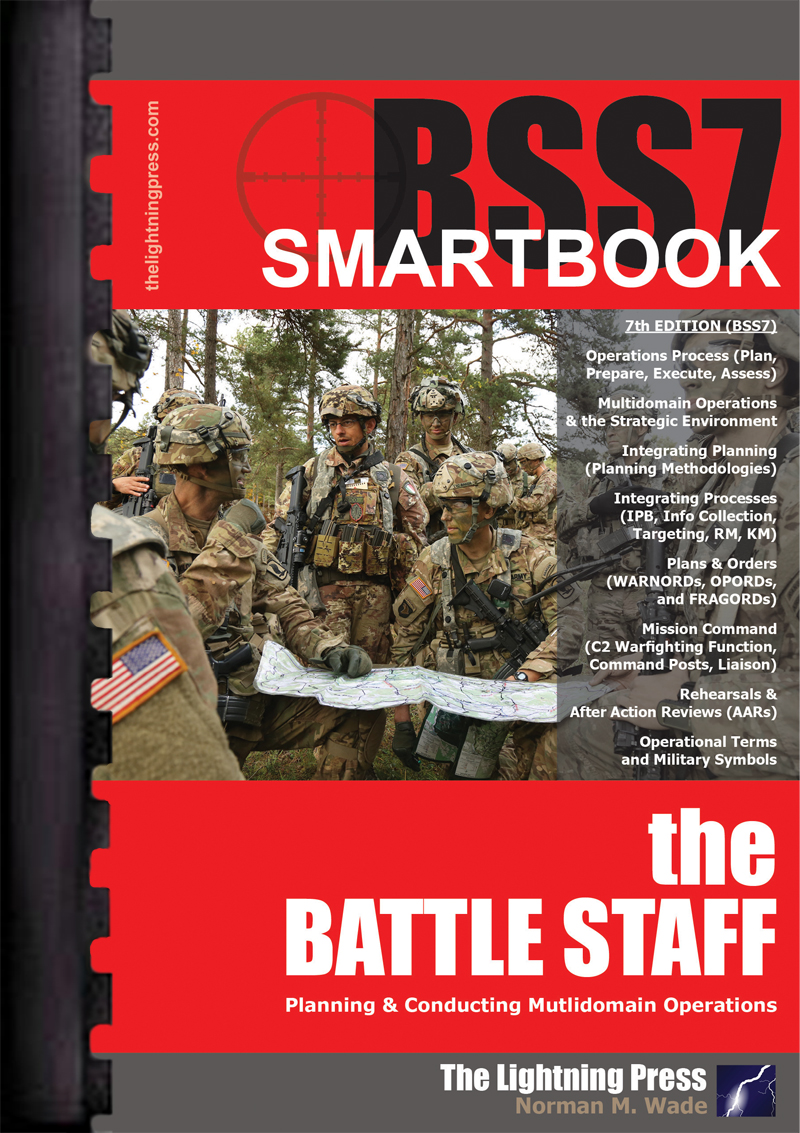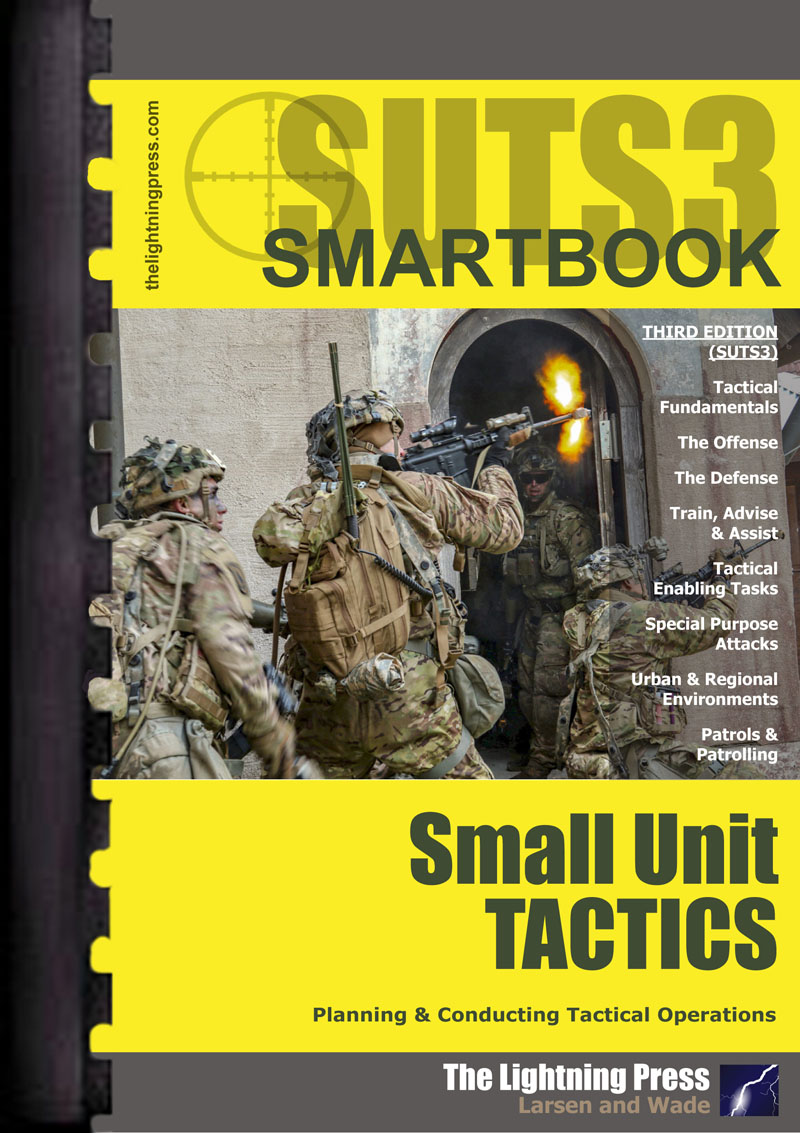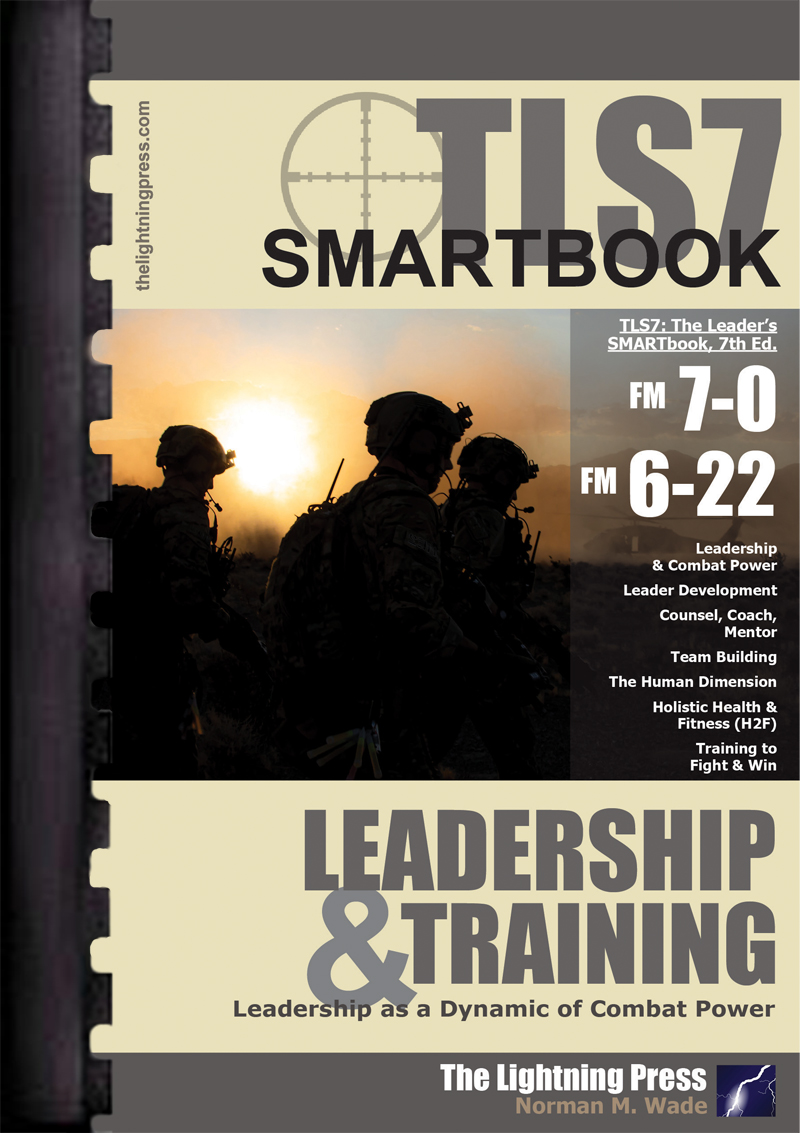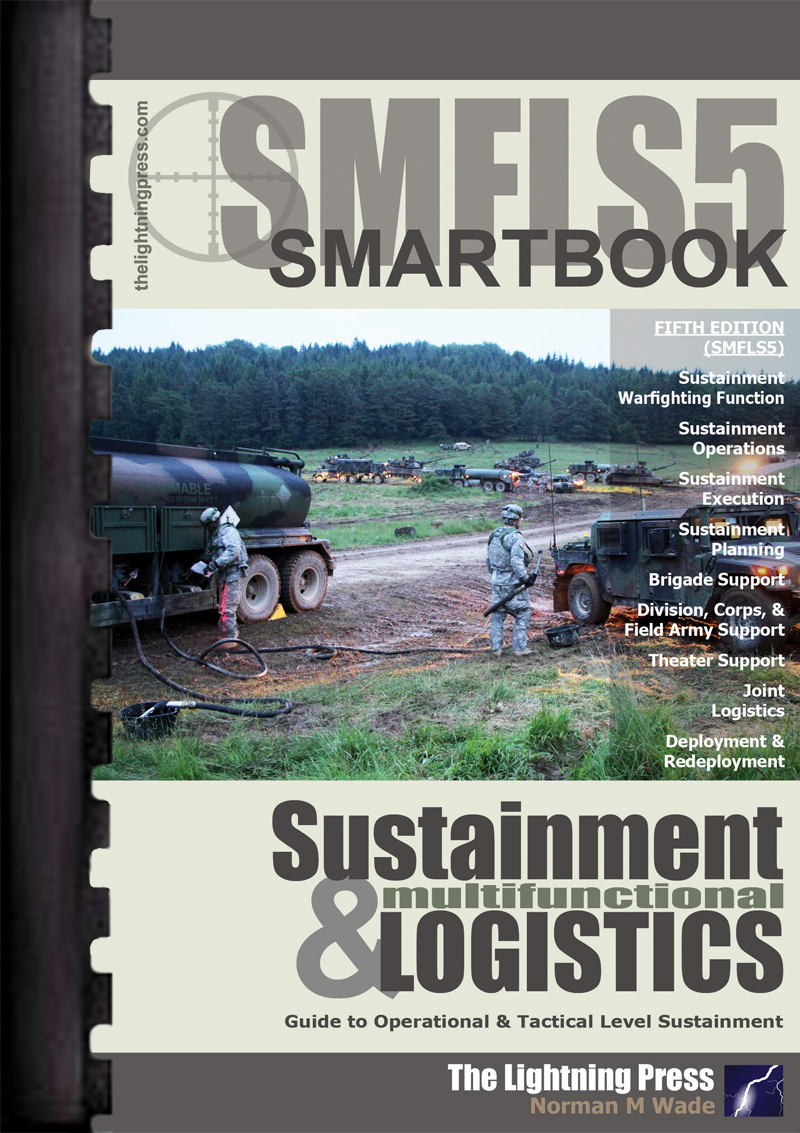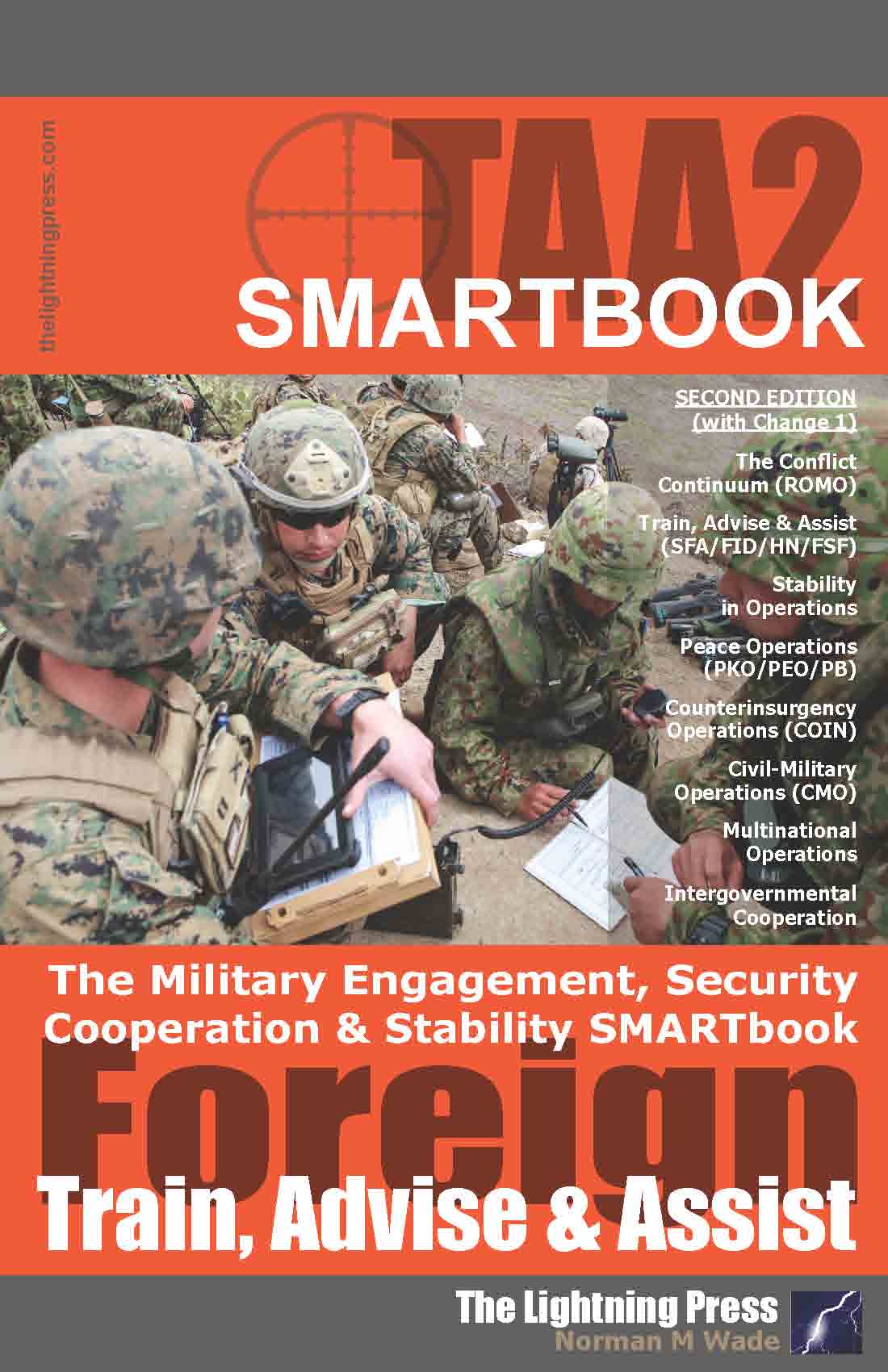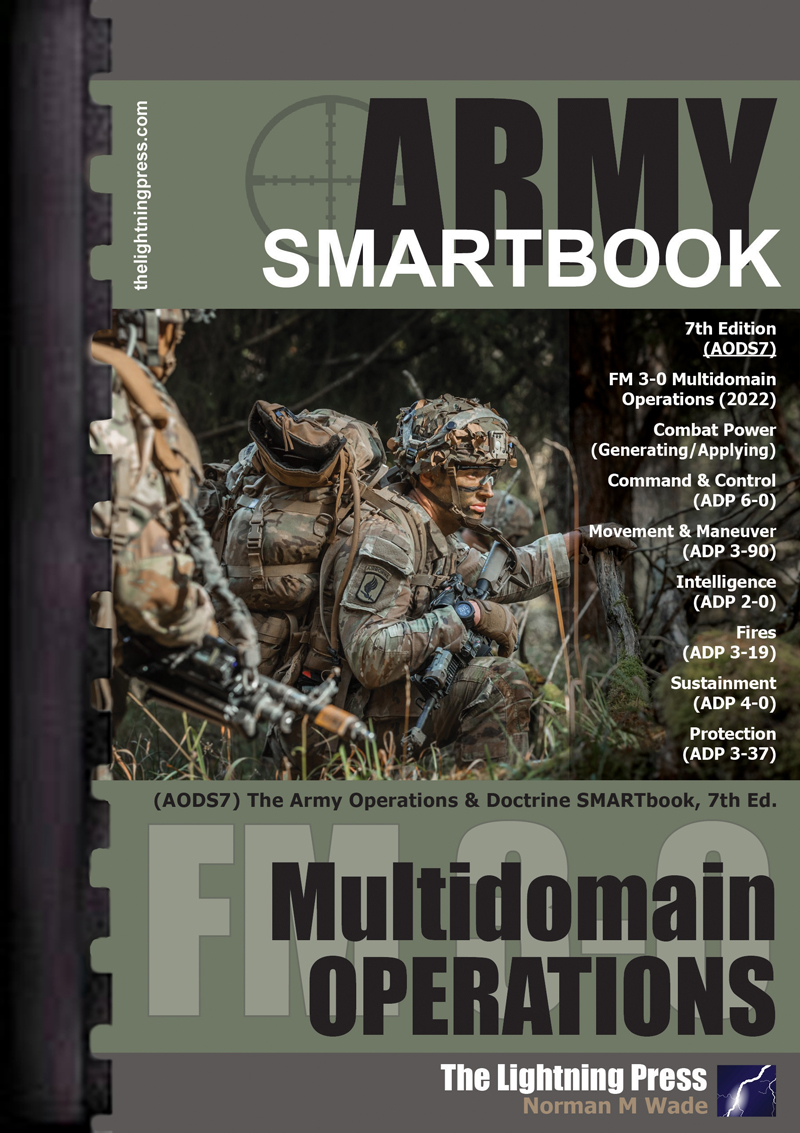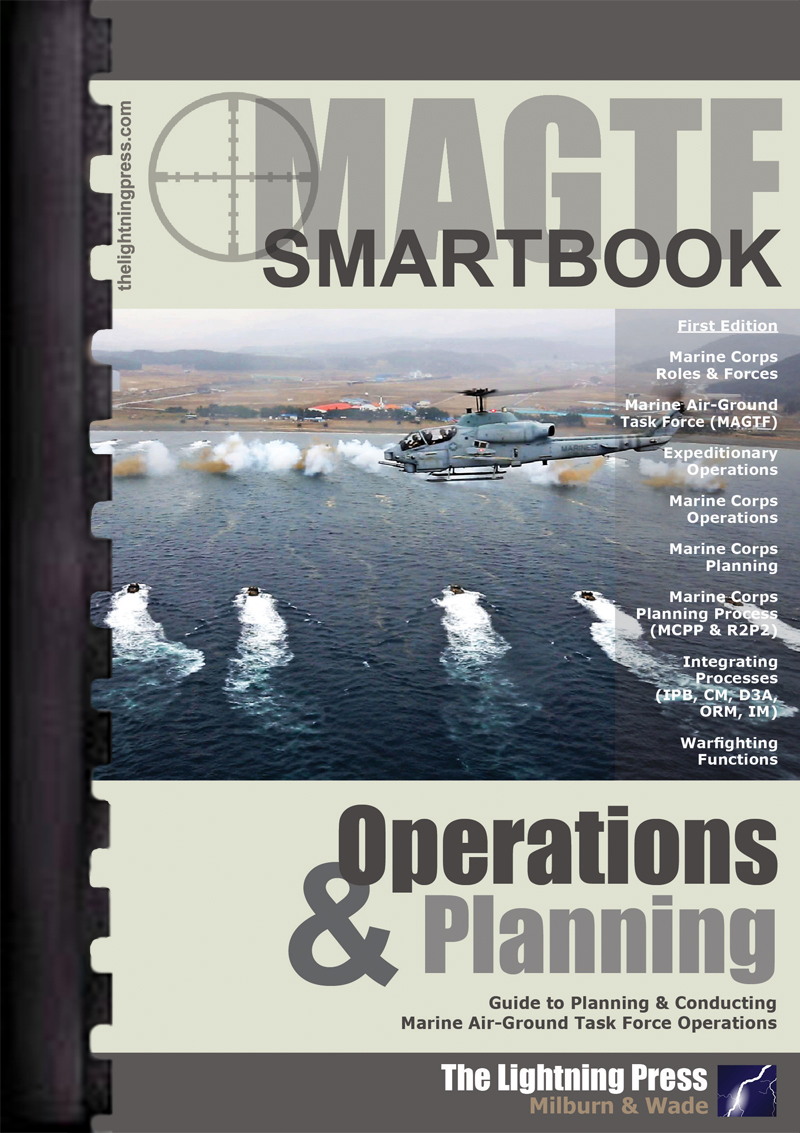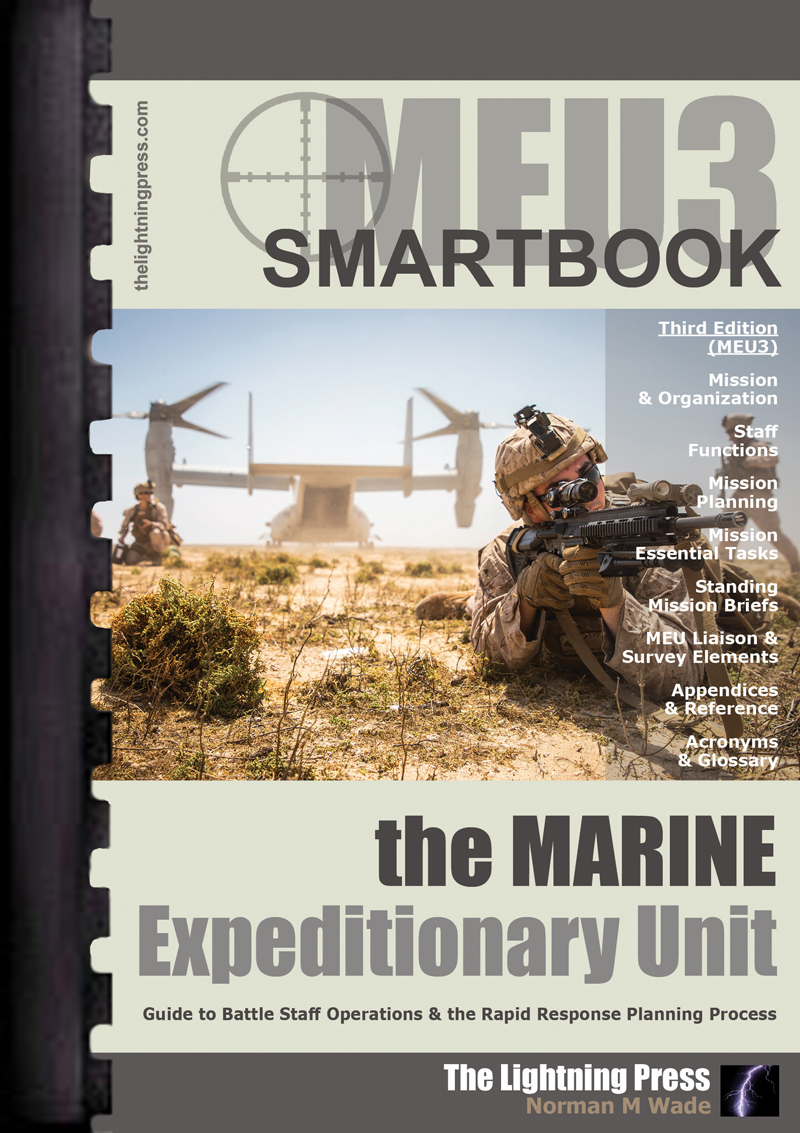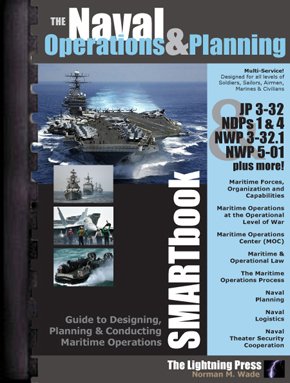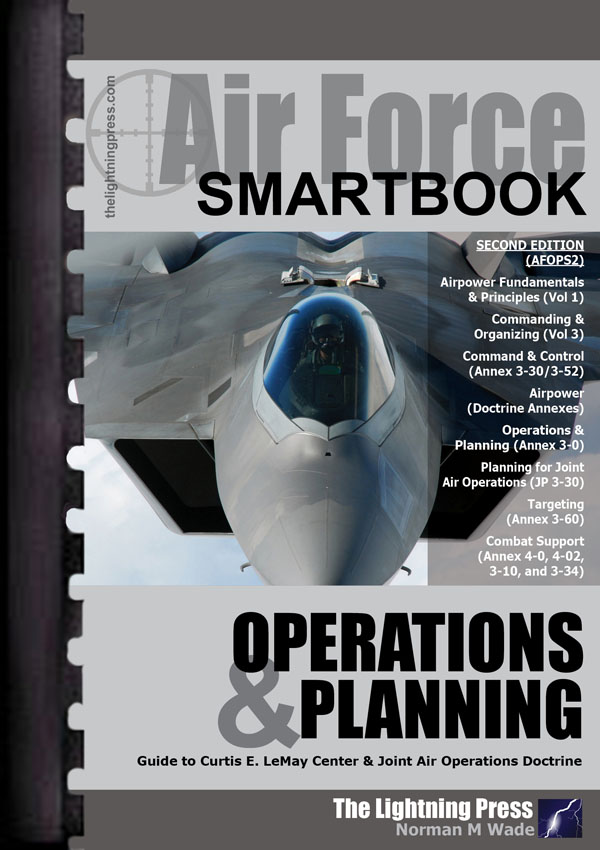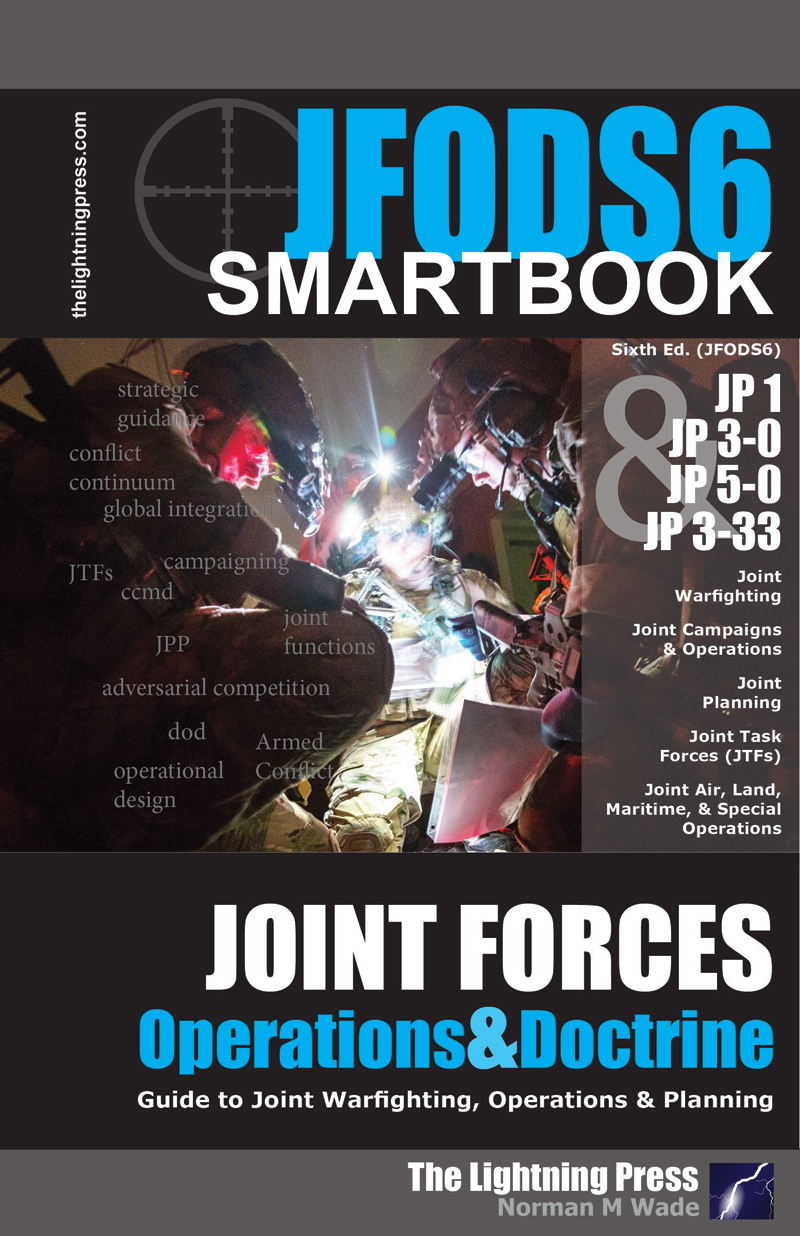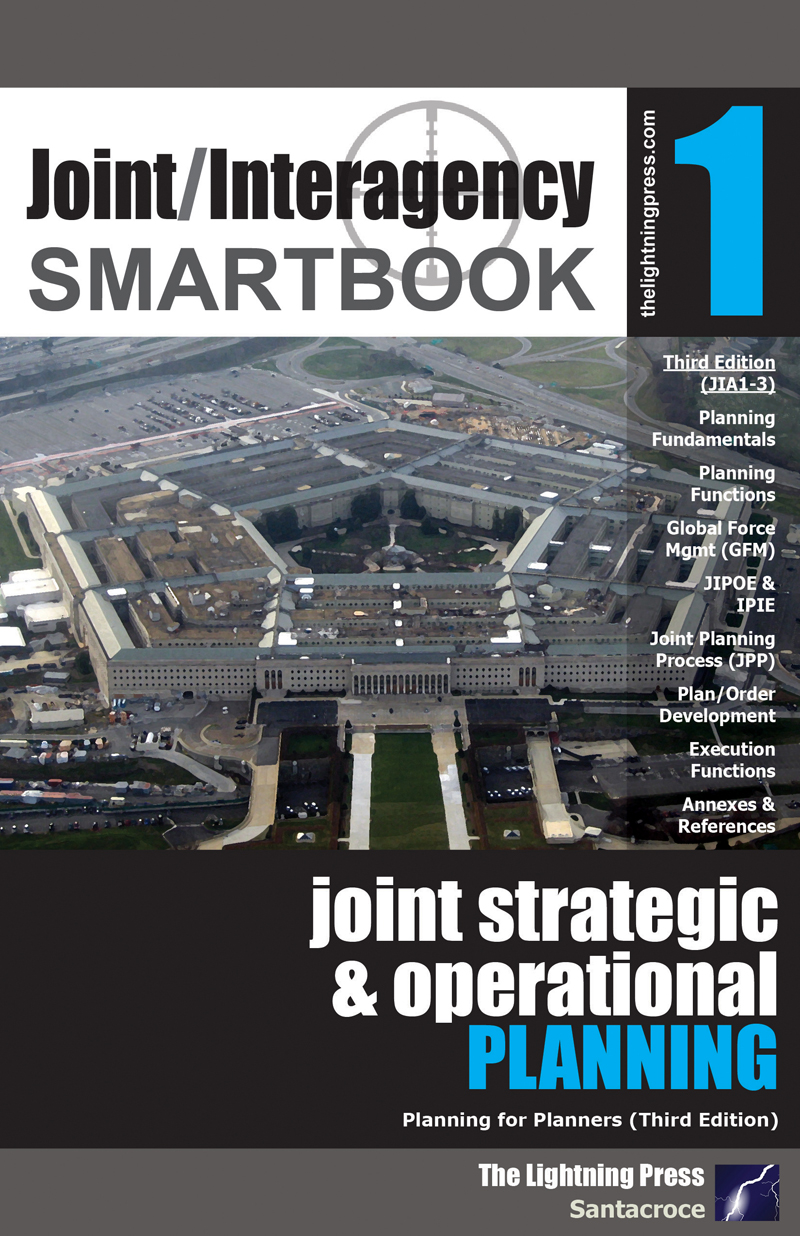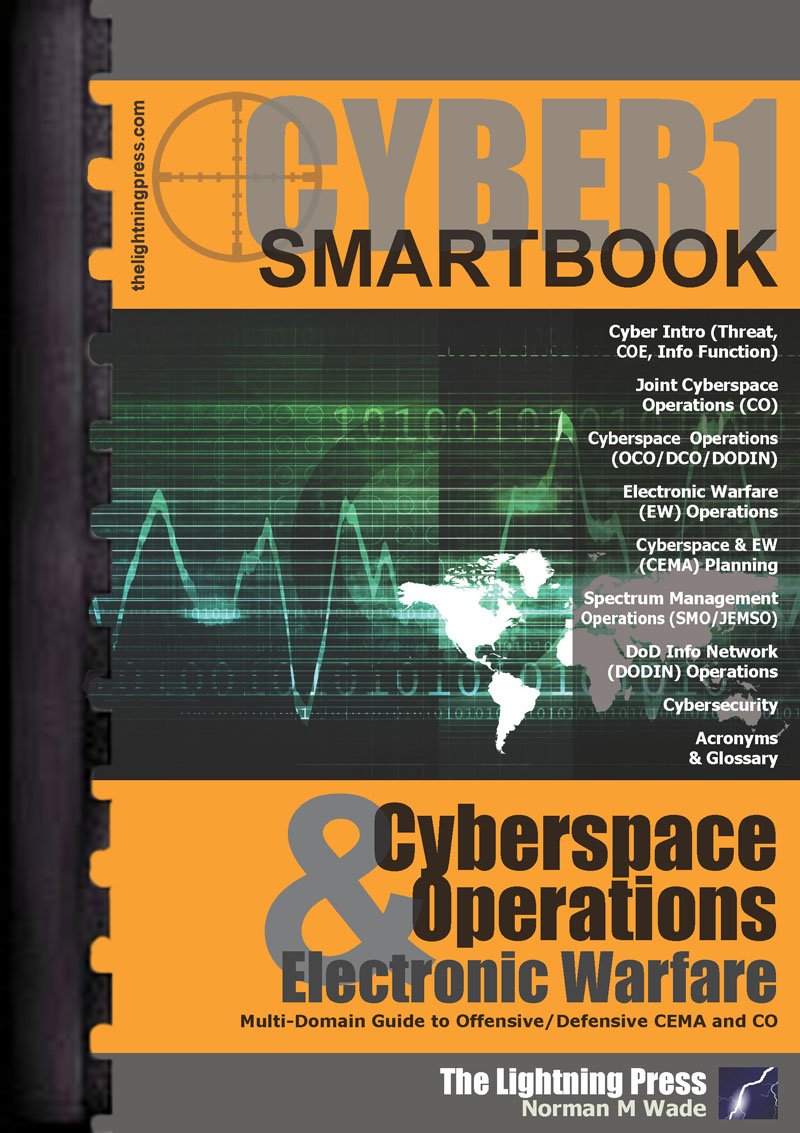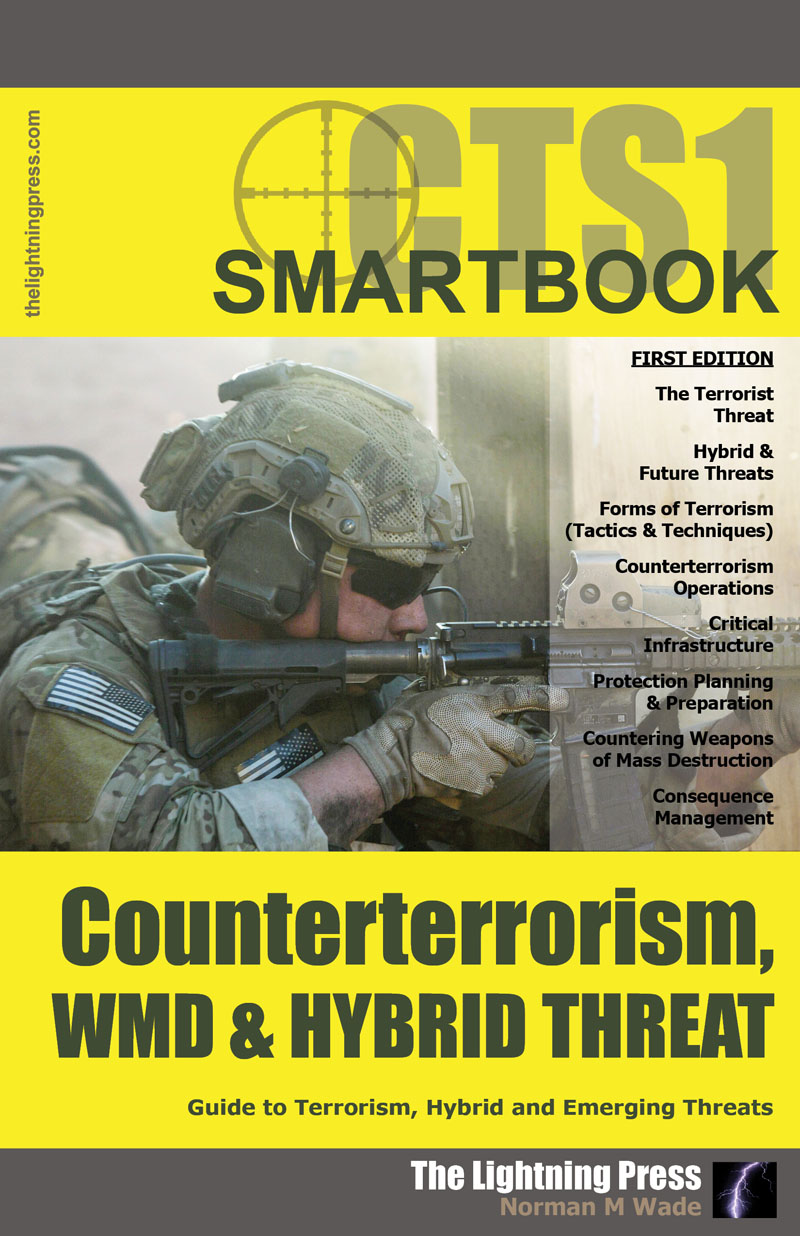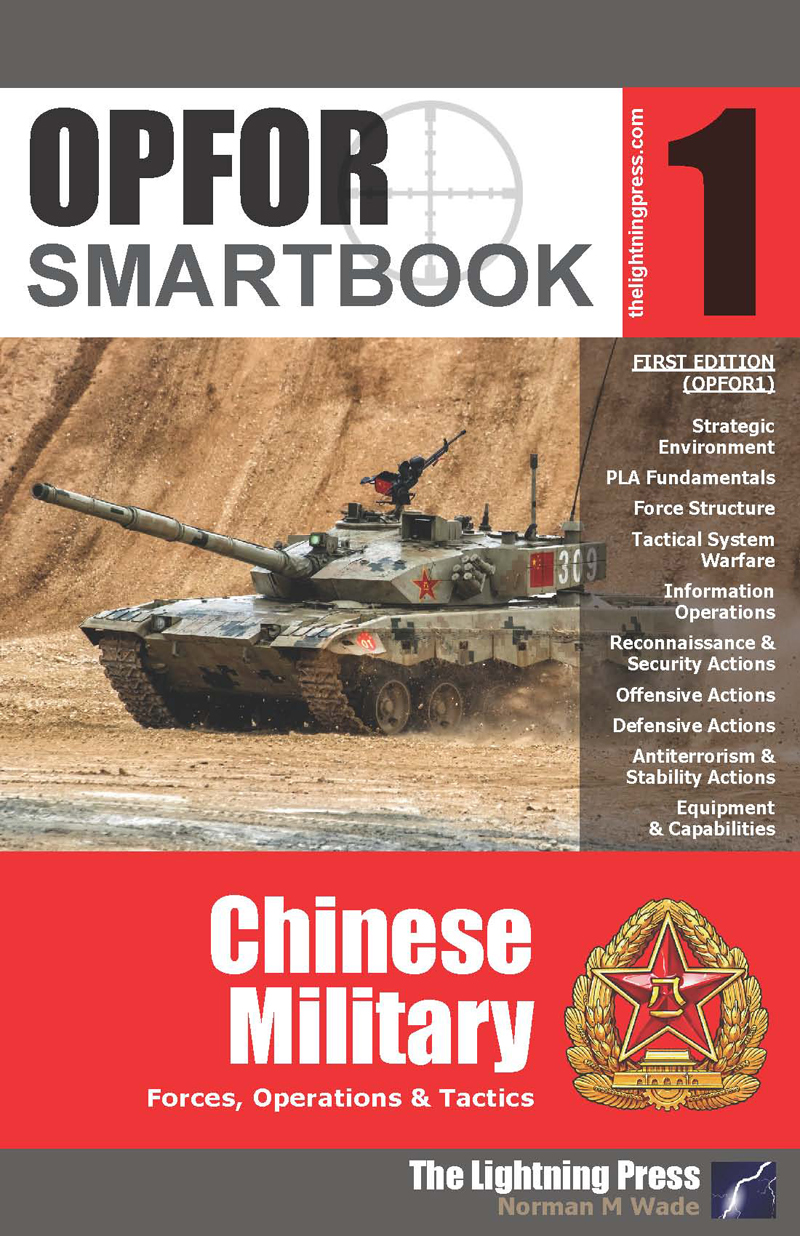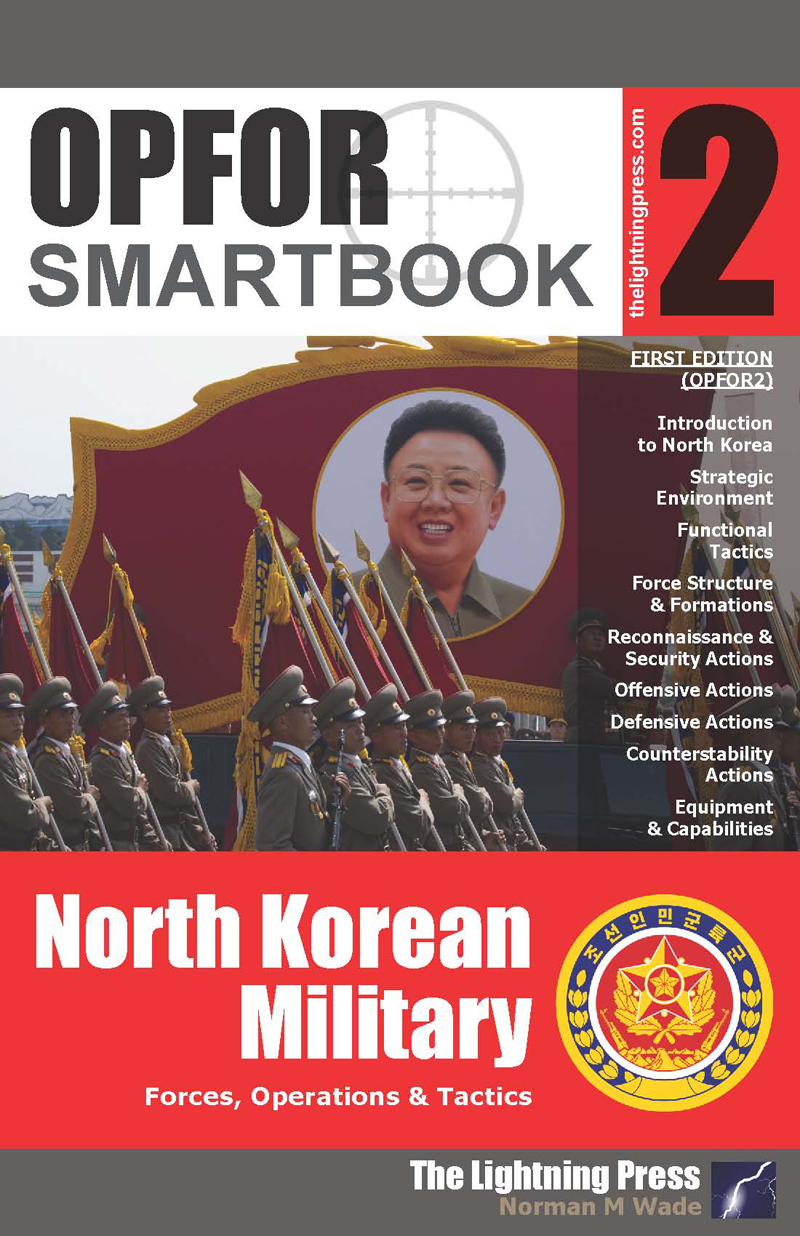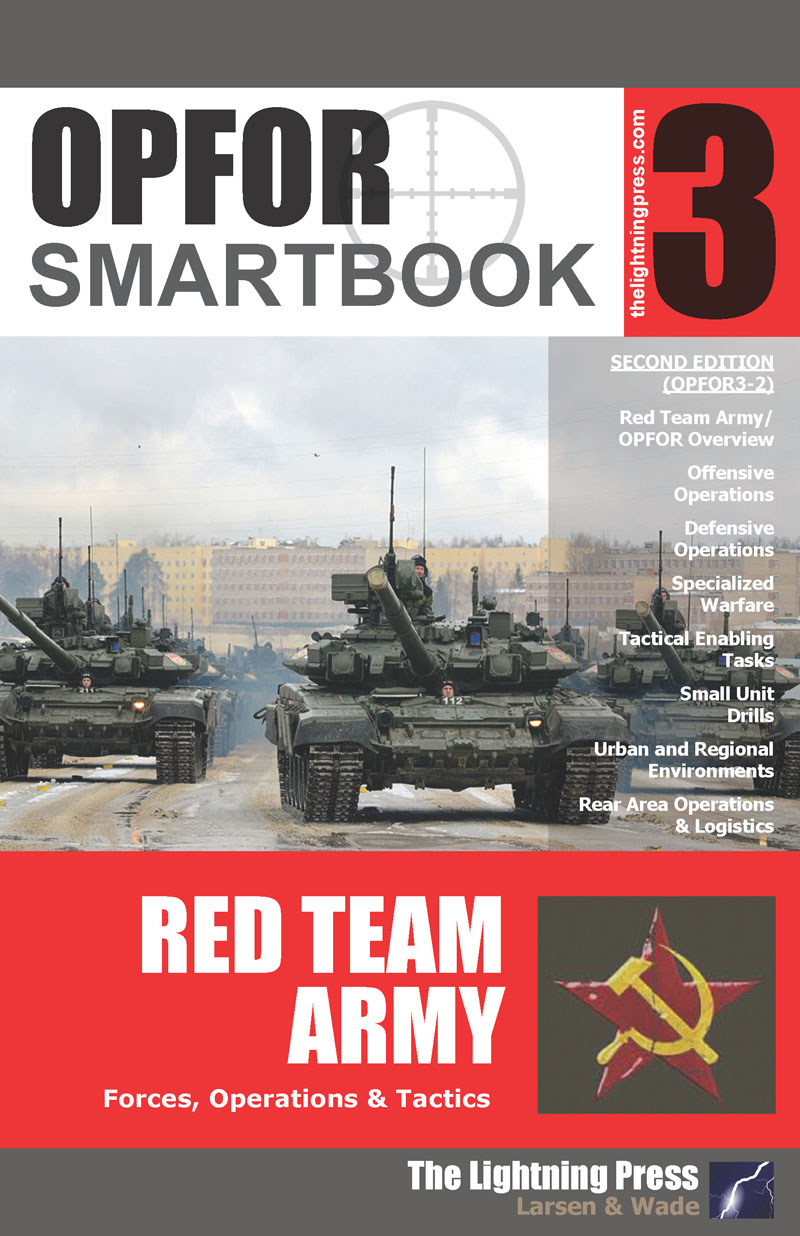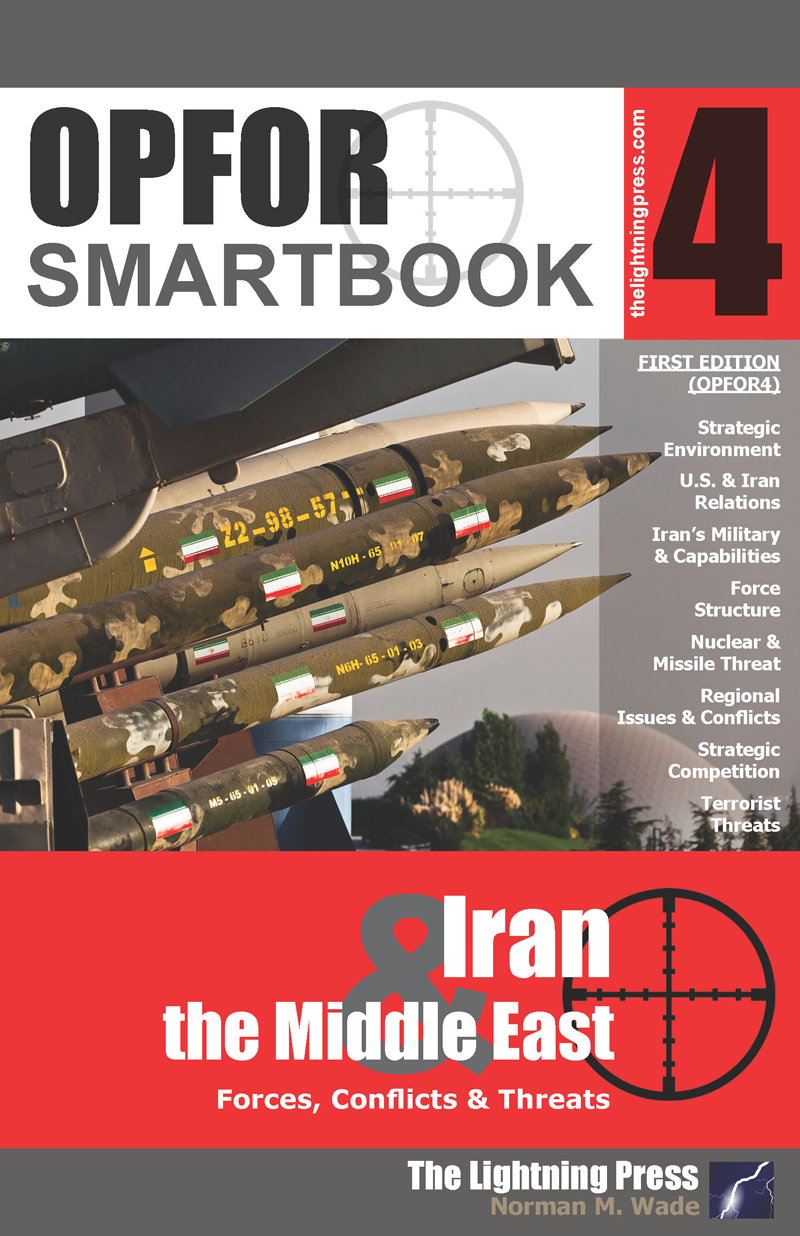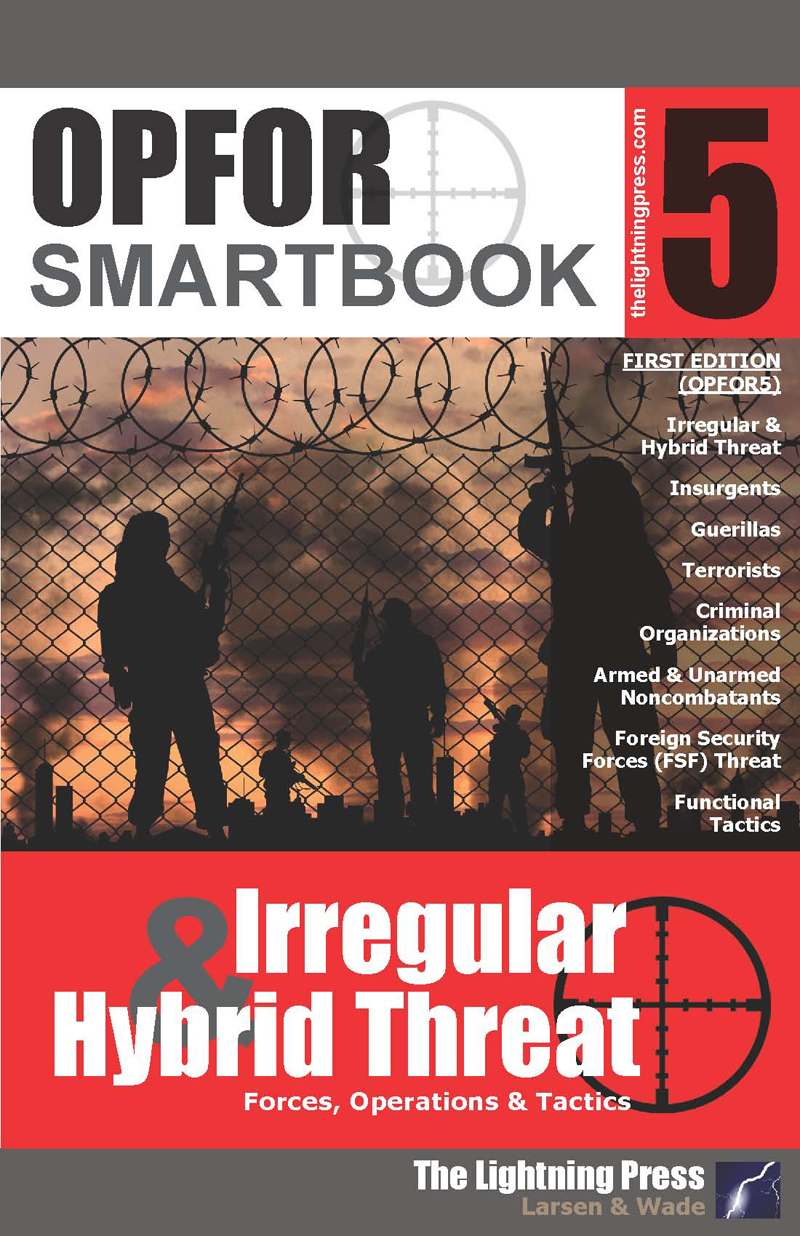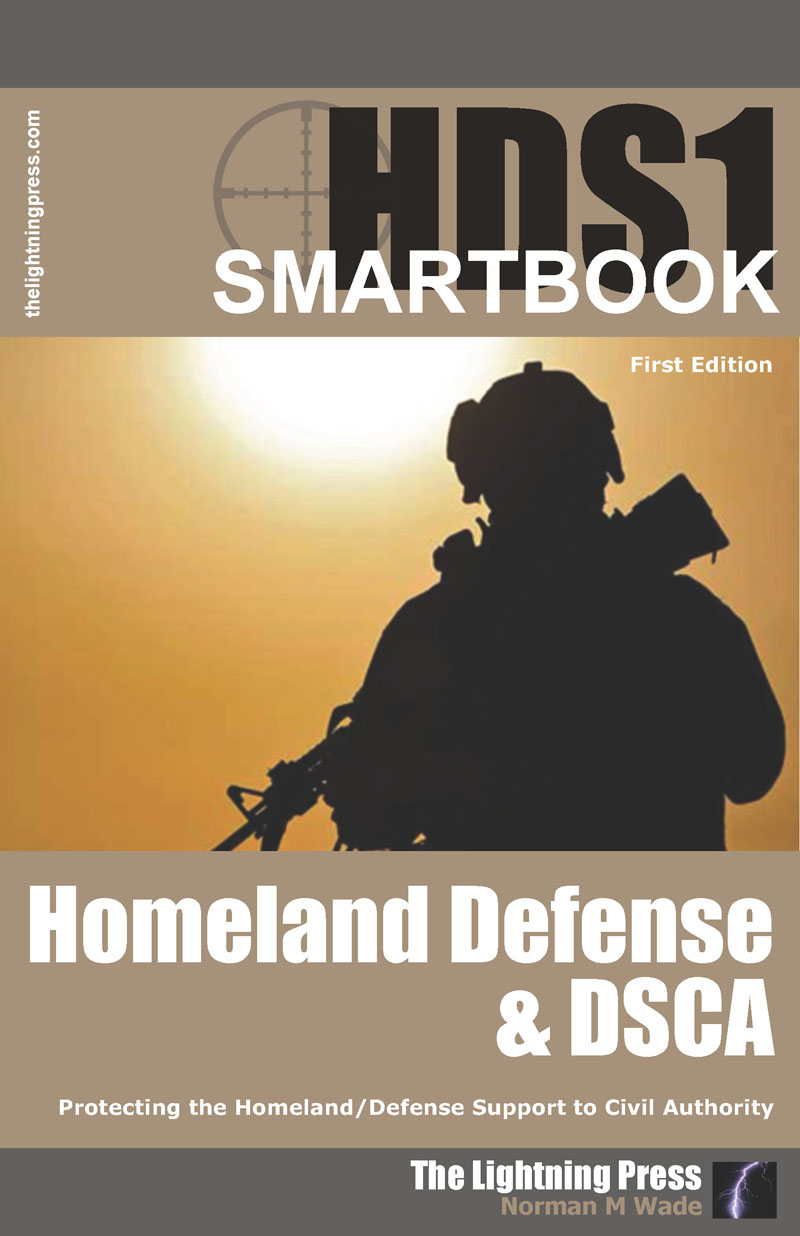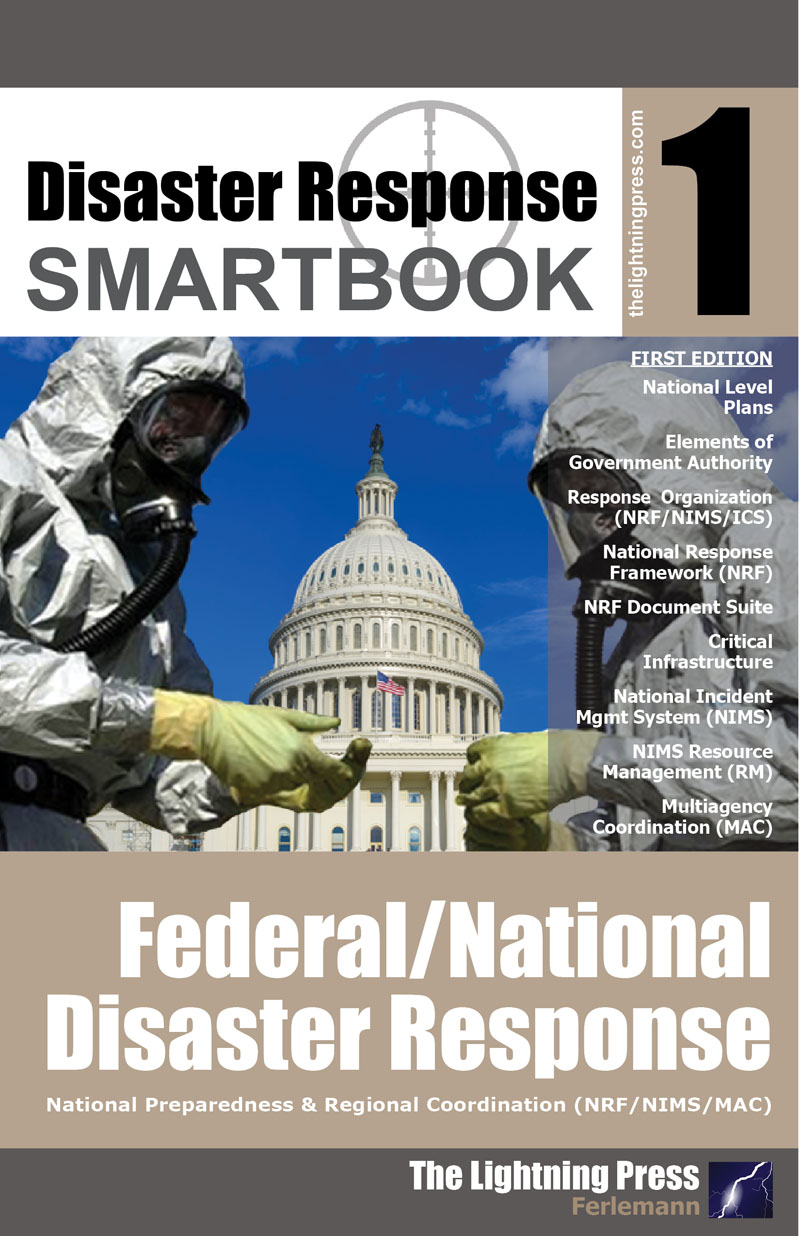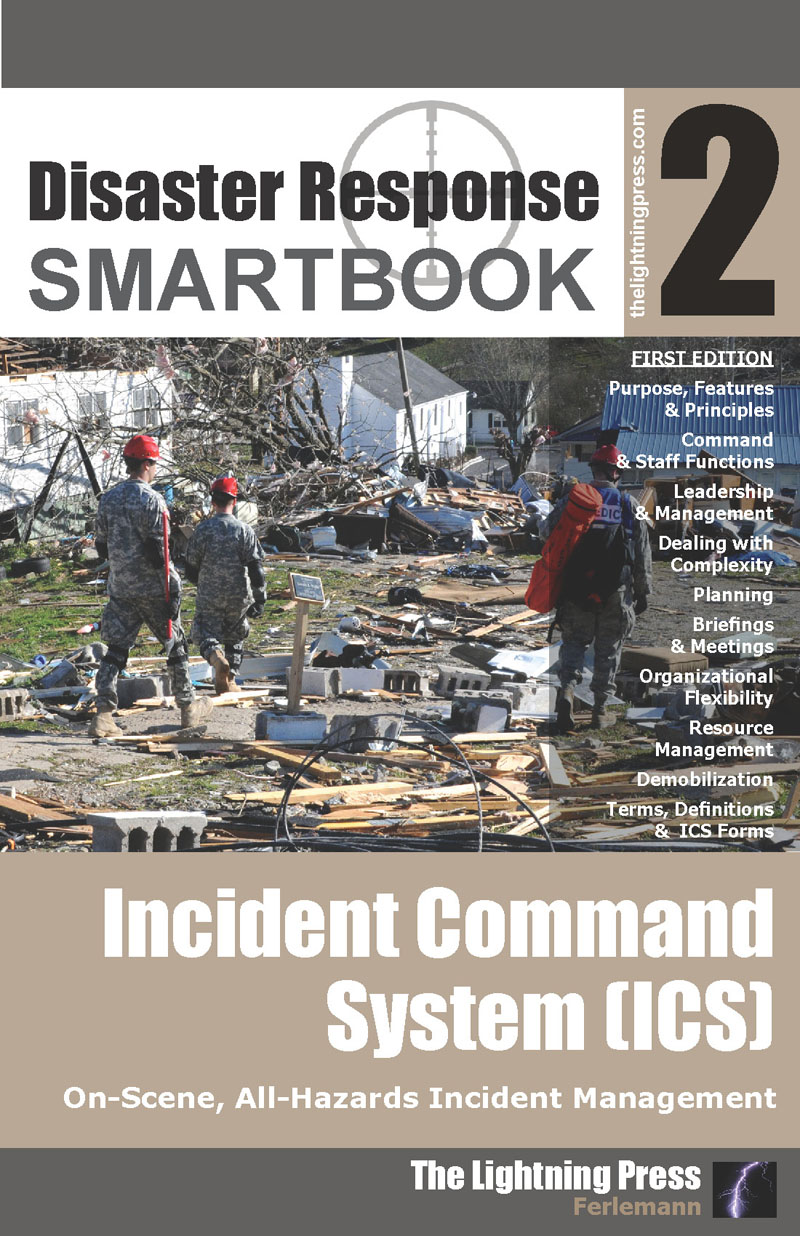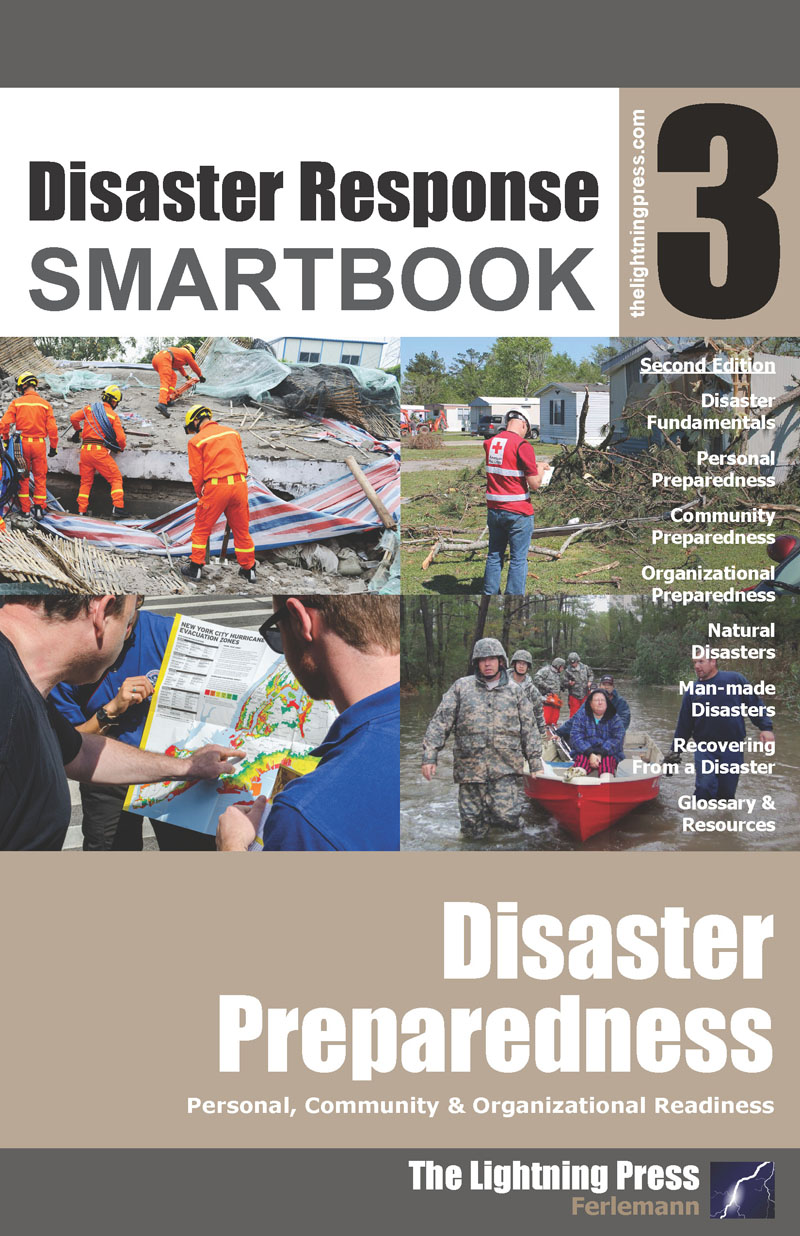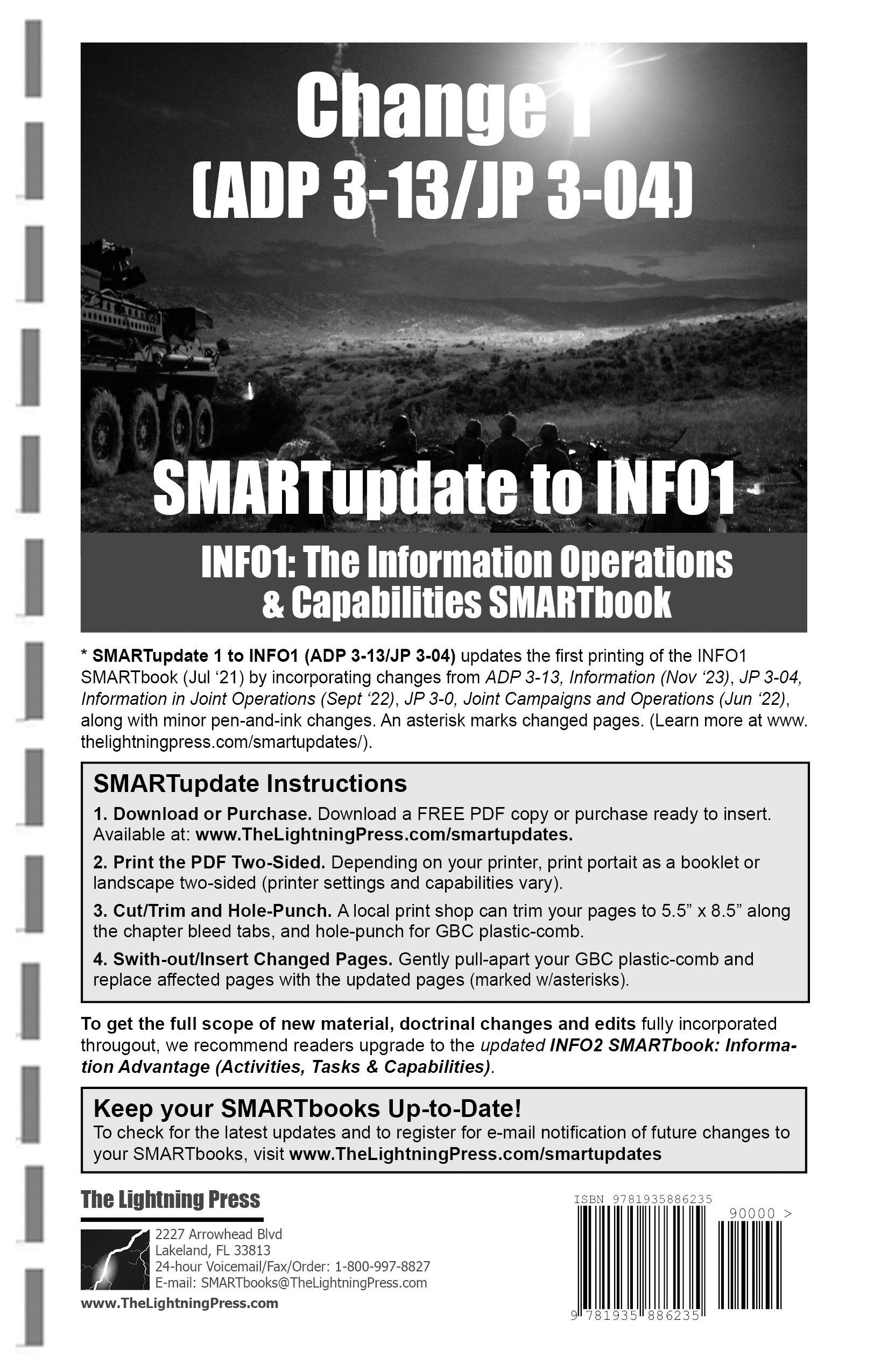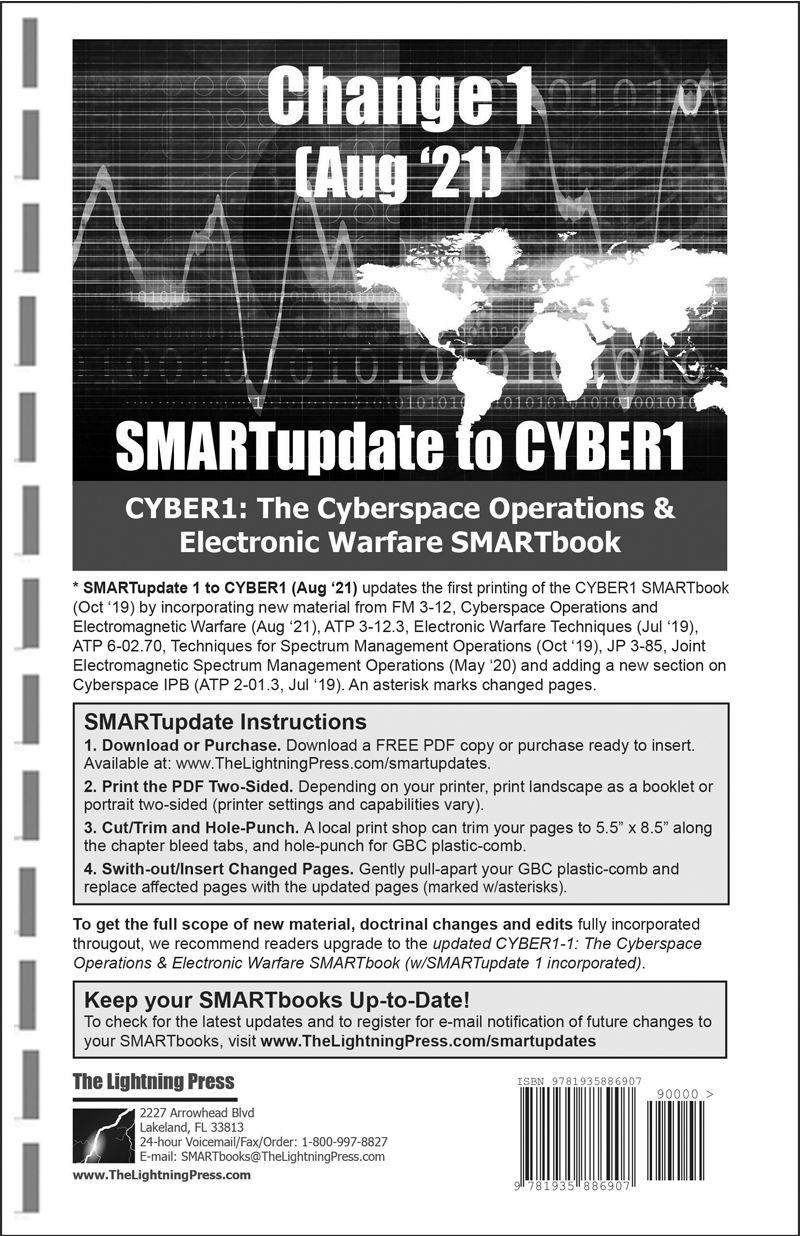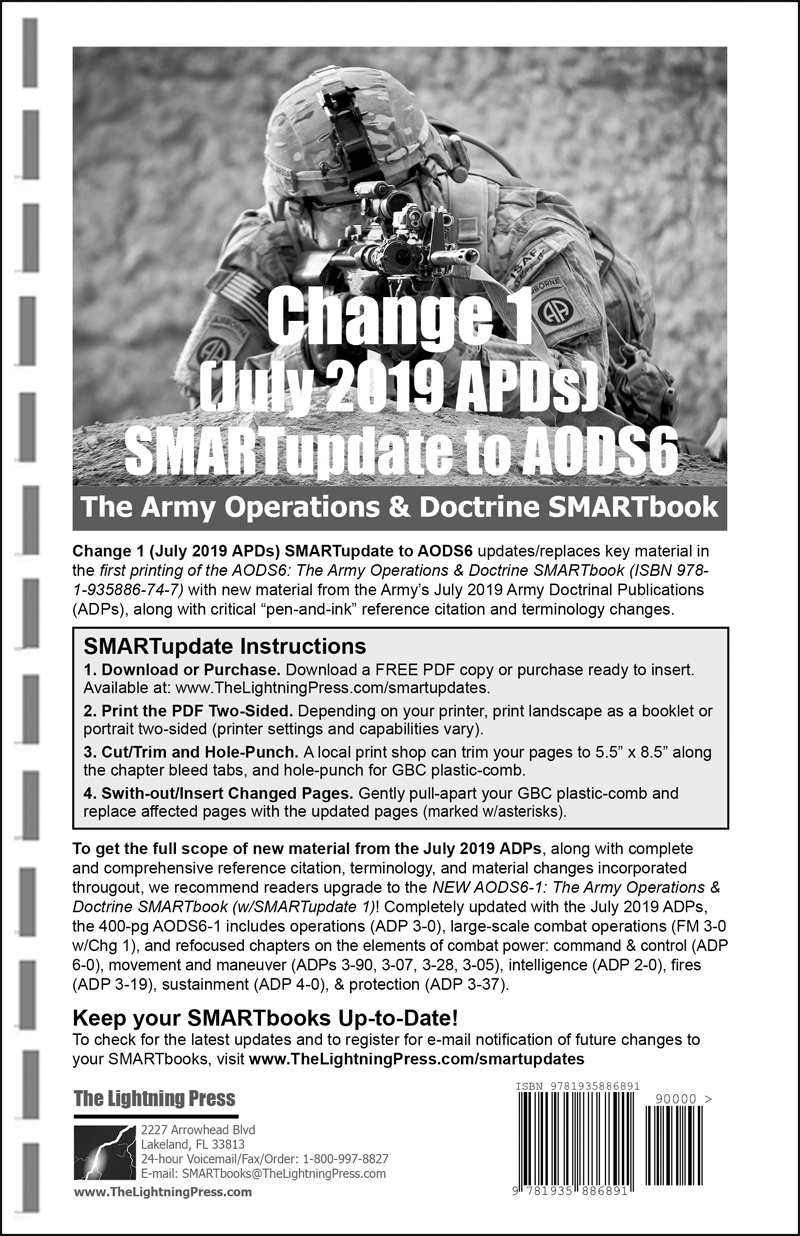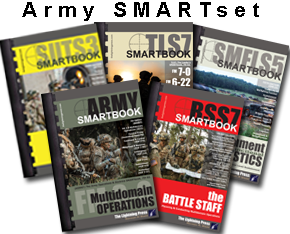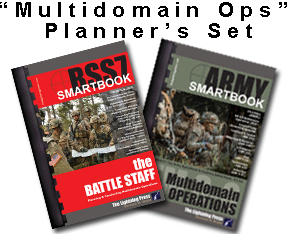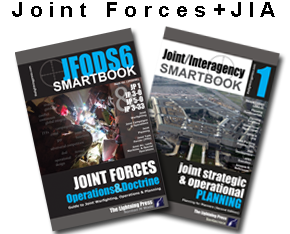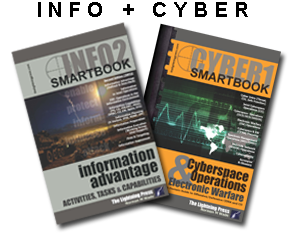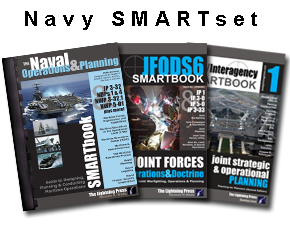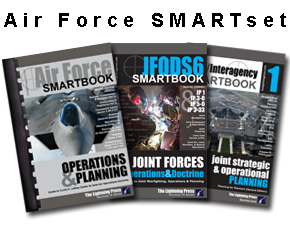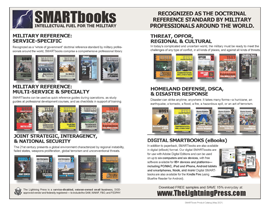Editor’s note (2024): Based on changes to joint information doctrine, Army forces will no longer use the terms information operations (see Information Advantage), information-related capabilities (see information capabilities), or information superiority. A significant joint doctrinal change is the transition from joint information operations (IO) to operations in the information environment (OIE). Joint doctrine, however, retains the term information environment. The Army’s new model of an operational environment established in FM 3-0 no longer includes an information environment. The term informational considerations aligns with the joint term information environment. The Army is currently revising all its doctrine, to include FM 3-13, to account for these changes and the Army’s new information advantage framework. As such, the INFO2 SMARTbook retains the original terminology as referenced from the original source, while recognizing this terminology is changing (marked with an asterisk).
See our NEW articles on Information Advantage, Information Activities, Information Capabilities, and Operations in the Information Environment (OIE).
In addition to planning all operations to benefit from the inherent informational aspects of physical power and influence relevant actors, the joint force commander (JFC) also has additional means with which to leverage information in support of objectives. Leveraging information involves the generation and use of information through tasks to inform relevant actors; influence relevant actors; and/or attack information, information systems, and information networks.

The INFO2 SMARTbook discusses the following information capabilities in greater detail:
Public Affairs See pp. 3-5 to 3-16.
Army public affairs is communication activities with external and internal audiences (JP 3-61). Public affairs operations help to establish conditions that lead to confidence in the Army and its readiness to conduct unified land operations.
Civil Affairs & Civil-Military Operations See pp. 3-17 to 3-26.
Civil affairs operations encompass actions planned, executed, and assessed by civil affairs forces. Civil-military operations are activities of a commander performed by designated civil affairs or other military forces that establish, maintain, influence, or exploit relations between military forces, indigenous populations, and institutions.
Military Deception (MILDEC) See pp. 3-27 to 3-32.
Military deception (MILDEC) involves actions executed to deliberately mislead adversary military, paramilitary, or violent extremist organization decision makers. The intent of MILDEC is to feed information that deliberately misleads the enemy decision makers as to friendly military capabilities, intentions, and operations and lead the enemy to take actions (or inactions) that contribute to accomplishment of the friendly mission.
Military Information Support Operations (MISO) See p. 3-33 to 3-38.
Military information support operations are planned operations to convey selected information and indicators to foreign audiences to influence their emotions, motives, objective reasoning, and ultimately the behavior of foreign governments, organizations, groups, and individuals in a manner favorable to the originator’s objectives (JP 3-13.2).
Operations Security (OPSEC) See pp. 3-39 to 3-44.
Operations security is a capability that identifies and controls critical information, indicators of friendly force actions attendant to military operations, and incorporates countermeasures to reduce the risk of an adversary exploiting vulnerabilities (JP 3-13.3).
Cyberspace Electromagnetic Activities (CEMA) See p. 3-45 to 3-46.
Cyberspace electromagnetic activities is the process of planning, integrating, and synchronizing cyberspace and electronic warfare operations in support of unified land operations (ADRP 3-0).
Cyberspace Operations (CO) See pp. 3-47 to 3-54.
Cyberspace operations are the employment of cyberspace capabilities where the primary purpose is to achieve objectives in or through cyberspace (JP 3-0).
Electromagentic Warfare (EW) See pp. 3-55 to 3-60.
Electromagnetic Warfare (EW) is military action involving the use of electromagnetic and directed energy to control the electromagnetic spectrum or to attack the enemy.
Space Operations See pp. 3-61 to 3-68.
Space operations are operations that occur in the space domain and seek to gain superiority over enemies and adversaries in the space domain and its corresponding environment.
Additional Capabilities See pp. 3-69 to 3-72.
Additional capabilities discussed include integrated joint special technical operations (IJSTO); special access programs (SAP); personnel recovery (PR); physical attack; physical security; presence, profile, and posture (PPP); soldier and leader engagement (SLE); police engagement; and social media.
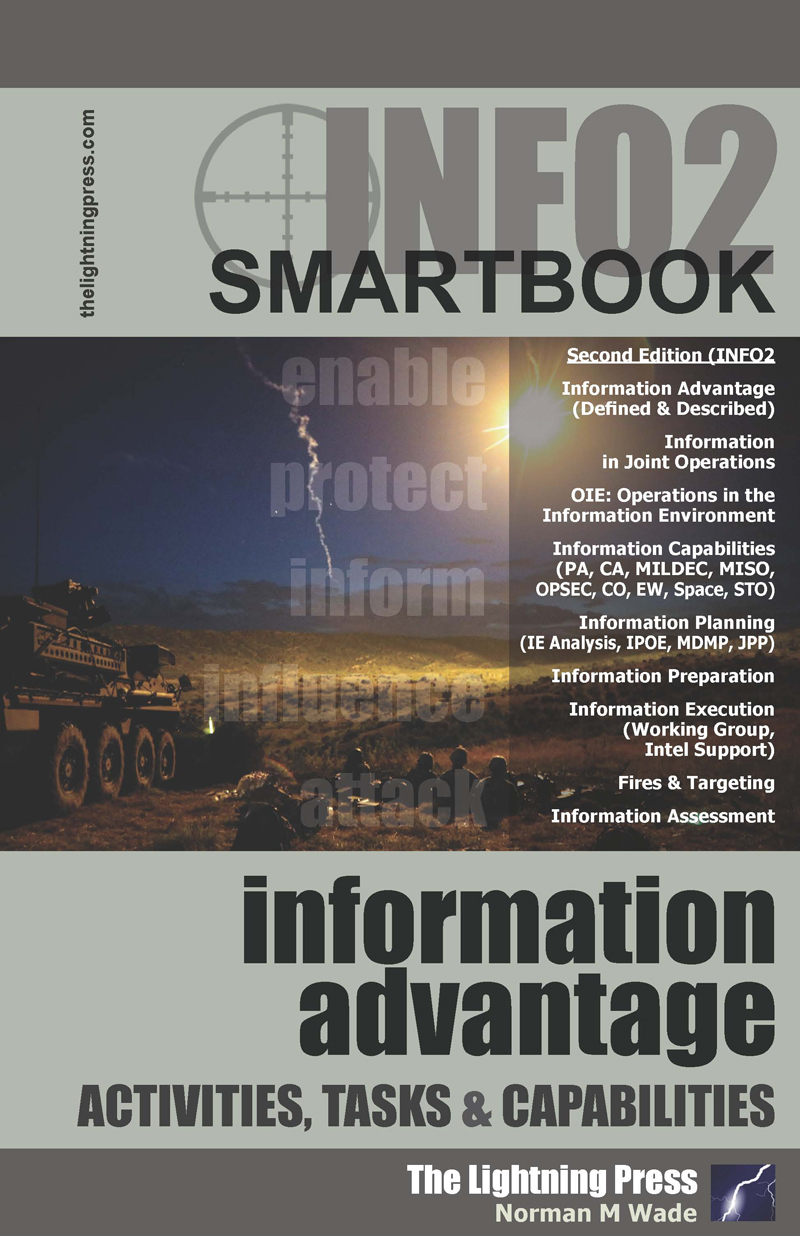 This article is an extract from "INFO2 SMARTbook: Information Advantage (Activities, Tasks & Capabilities)" by The Lightning Press. Download a free PDF sample and learn more at: INFO2 SMARTbook: Information Advantage (Activities, Tasks & Capabilities).
This article is an extract from "INFO2 SMARTbook: Information Advantage (Activities, Tasks & Capabilities)" by The Lightning Press. Download a free PDF sample and learn more at: INFO2 SMARTbook: Information Advantage (Activities, Tasks & Capabilities).
Browse additional military doctrine articles in our SMARTnews Blog & Resource Center.
About The Lightning Press SMARTbooks. Recognized as a “whole of government” doctrinal reference standard by military, national security and government professionals around the world, SMARTbooks comprise a comprehensive professional library. SMARTbooks can be used as quick reference guides during operations, as study guides at education and professional development courses, and as lesson plans and checklists in support of training. Browse our collection of Military Reference SMARTbooks to learn more.

